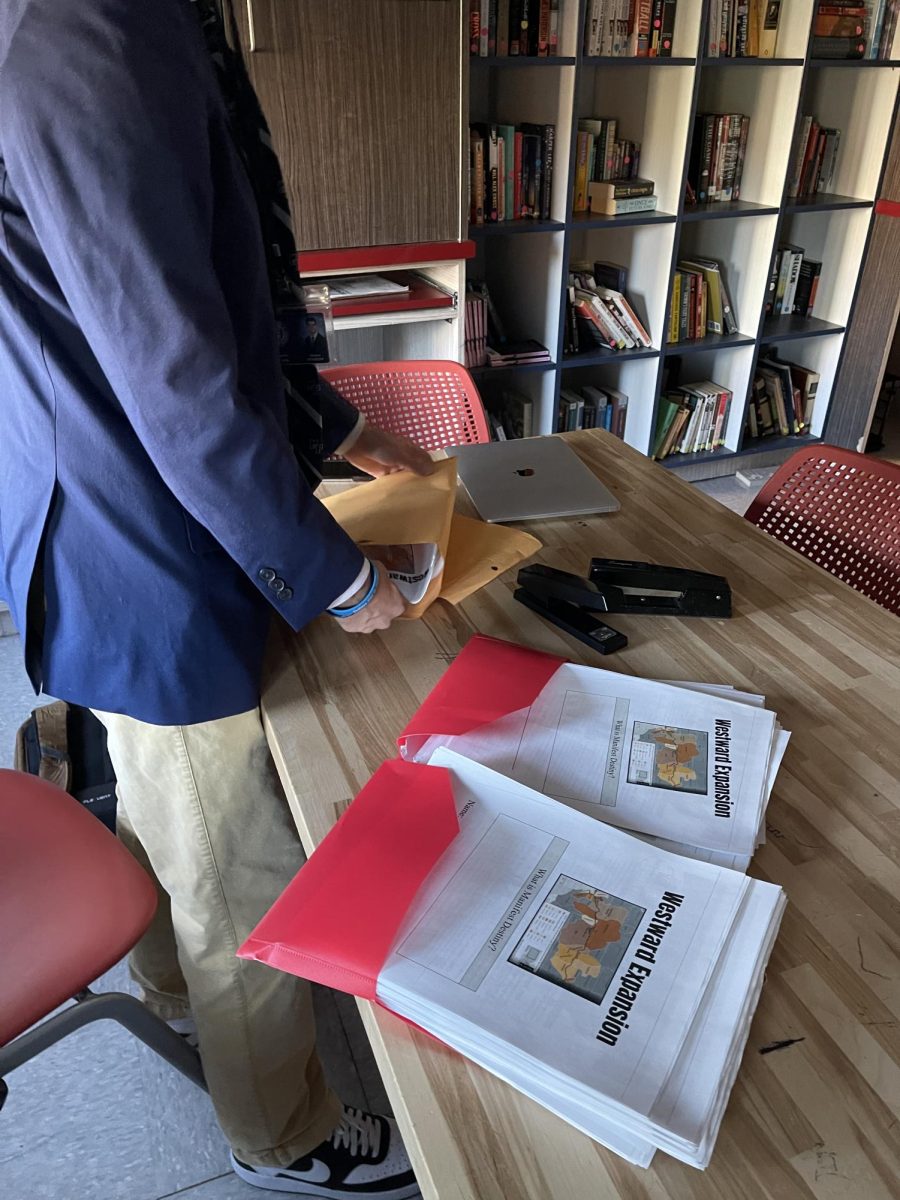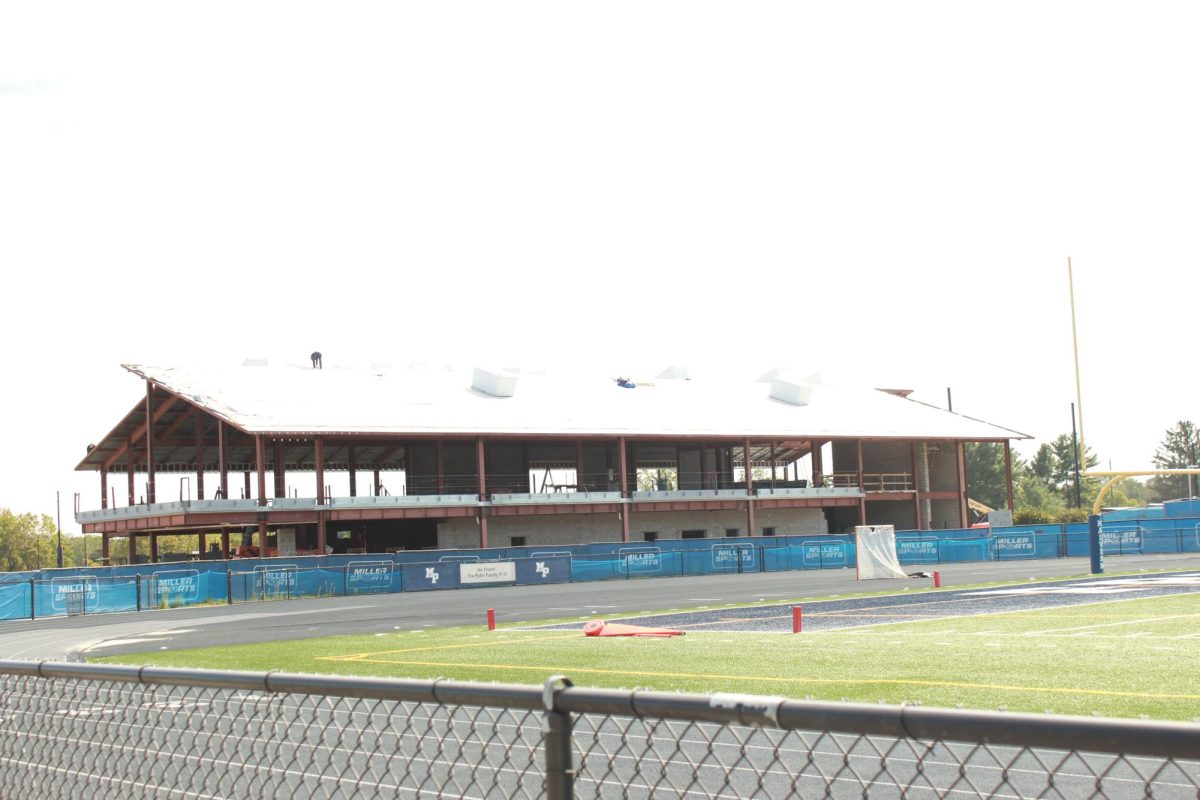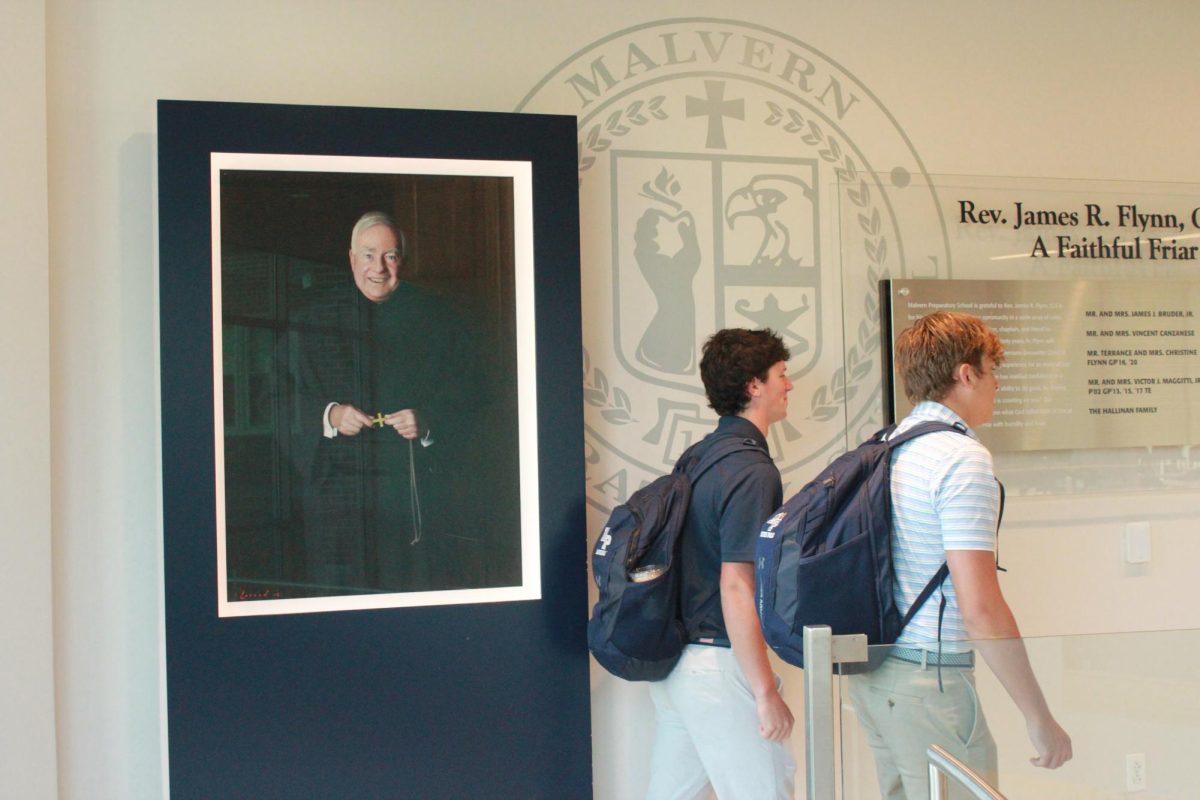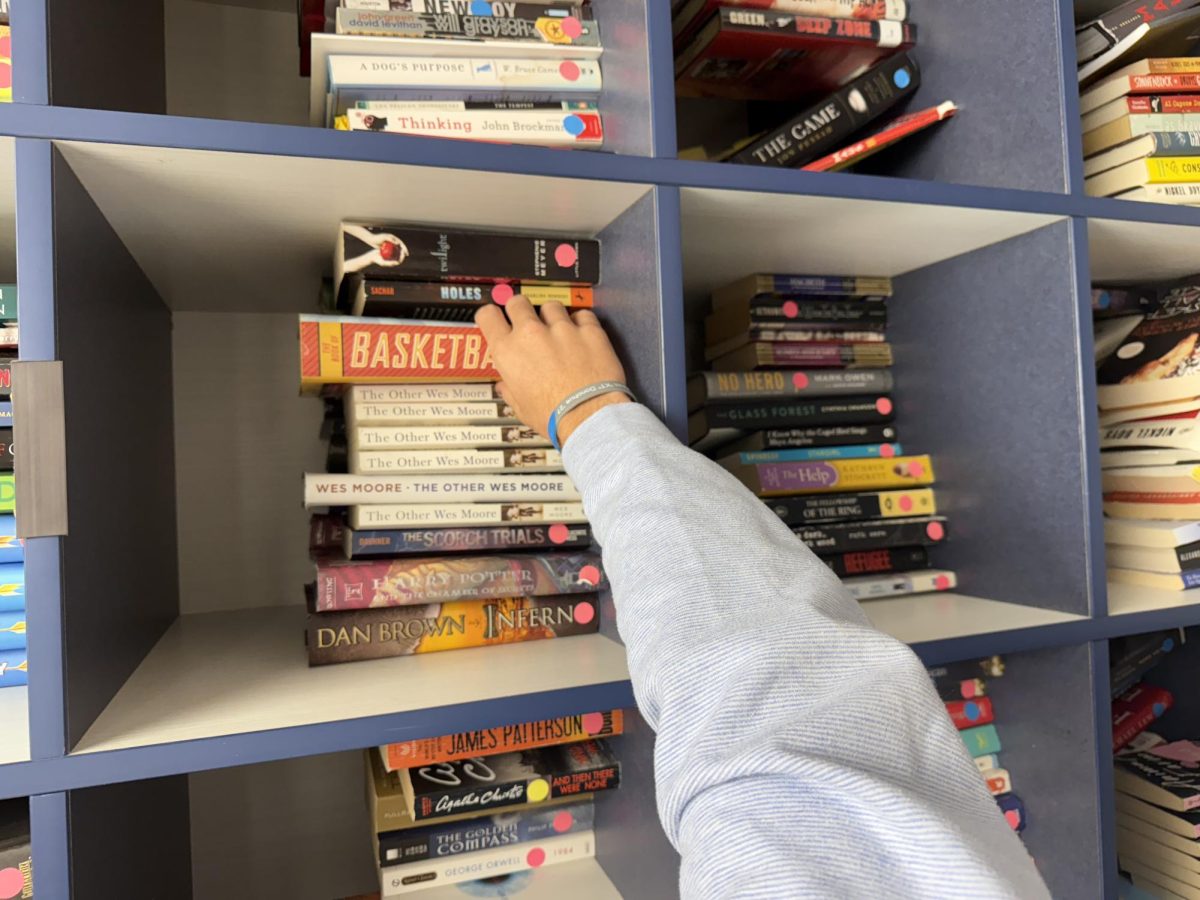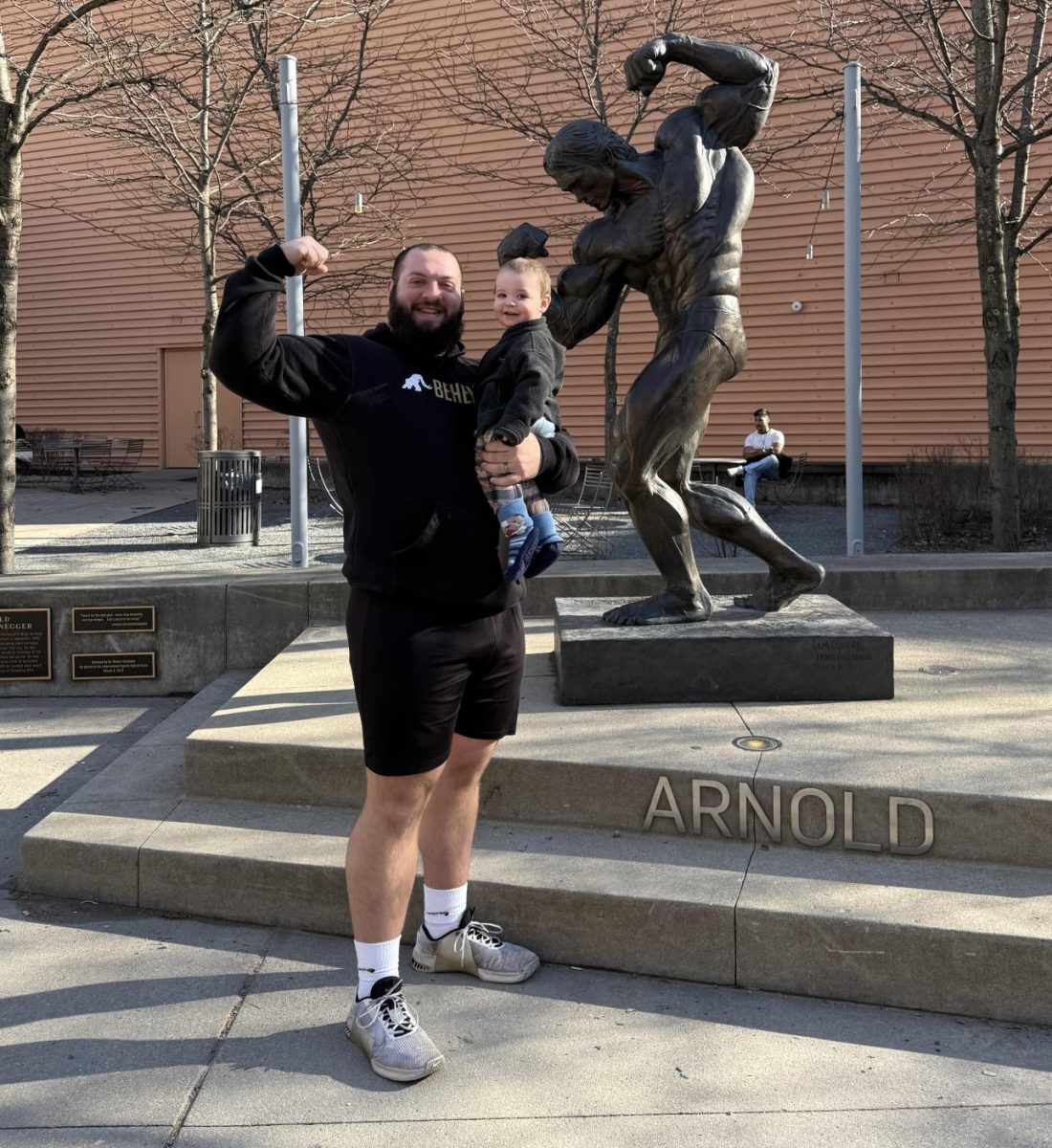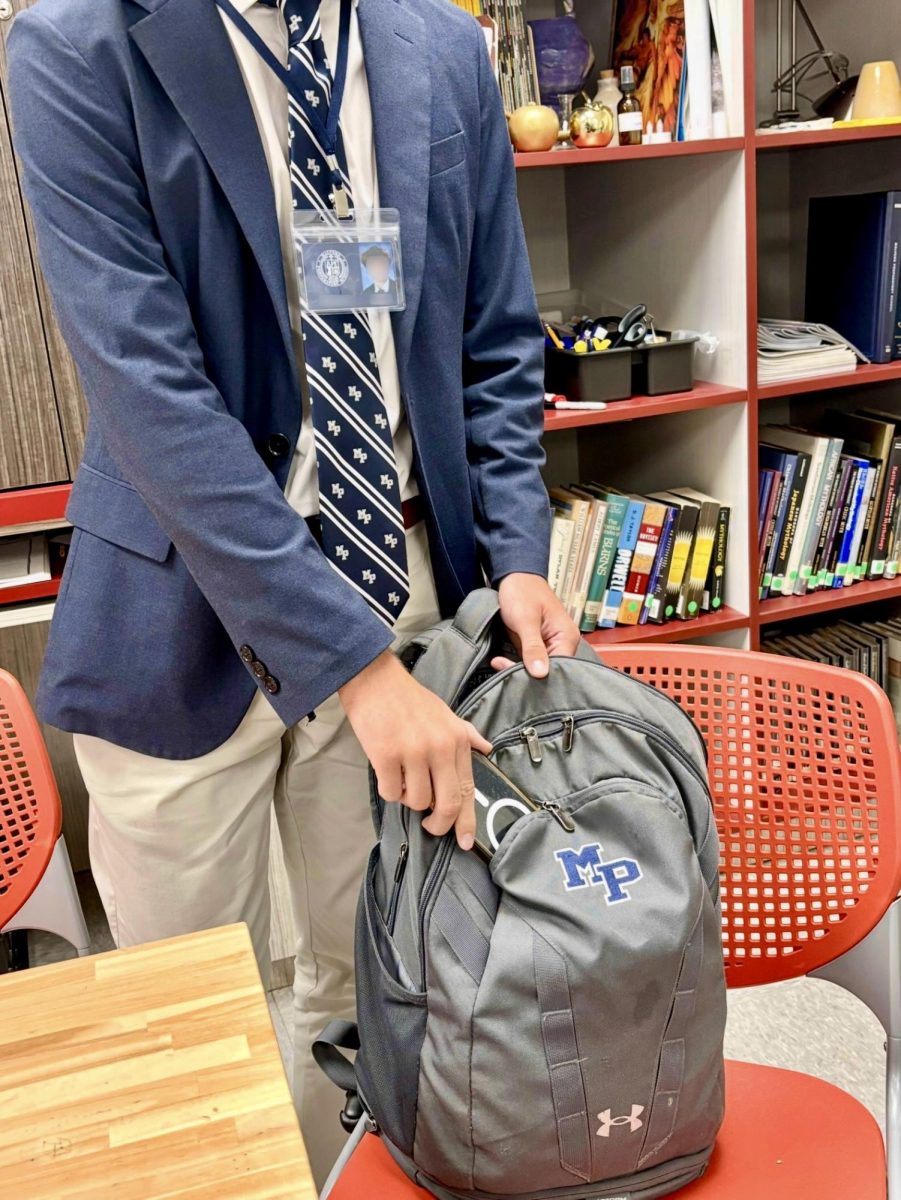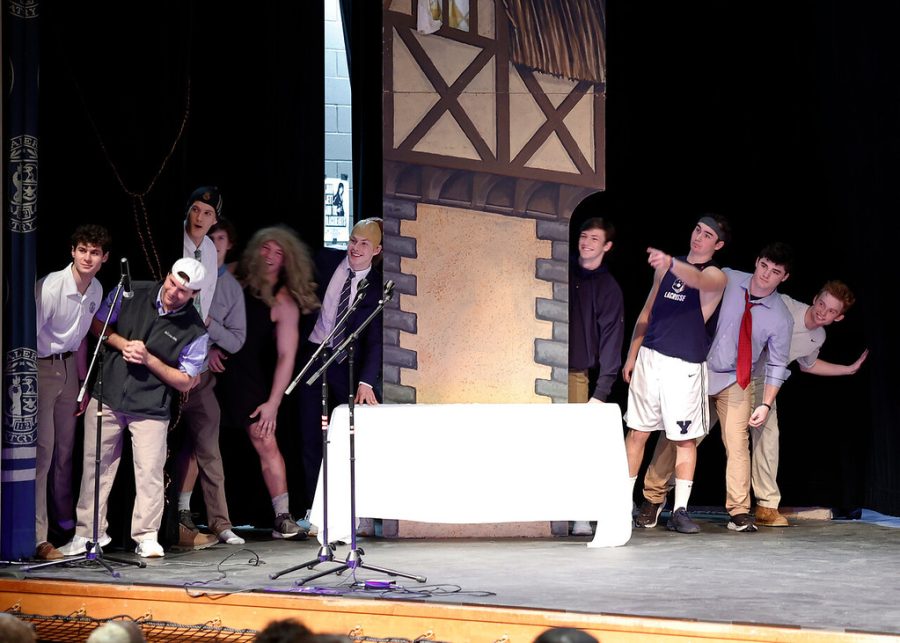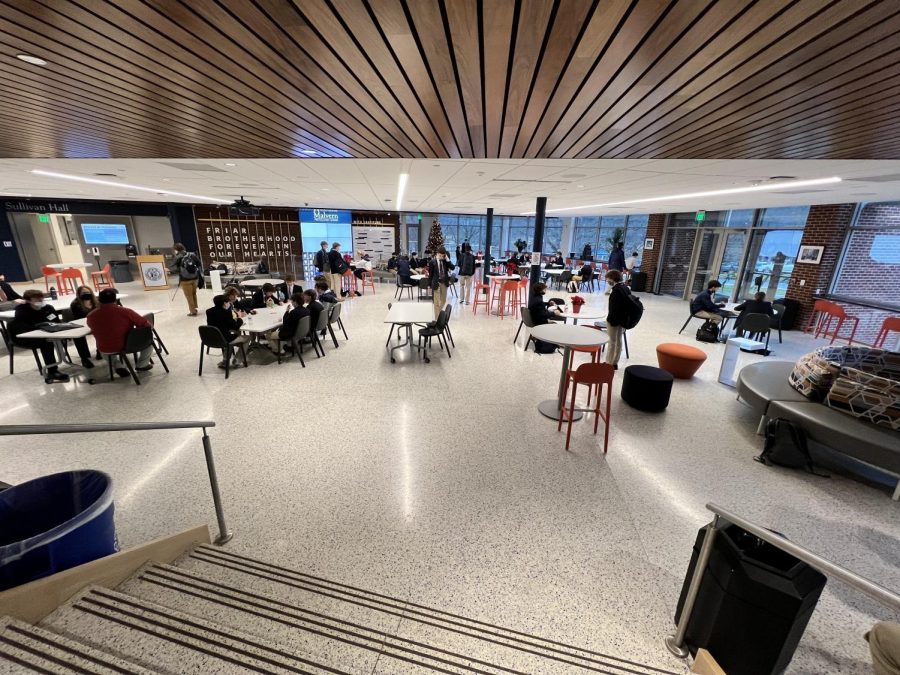A perspective from living in a developing country.
After a round of hellos at the airport I head to a cafeteria-style restaurant with all the Panamanians I know. One of the first things my host says is, “If you hear gunfire, just lay down and cover your head and everything will be alright.”
Worst part is that he was not even joking. From that point on I knew I was not inside Malvern’s sheltered halls anymore.
I arrive at his apartment and as I sat in my room guarded by barred windows, double-layered barb wire, a 12-lock 6 inch thick front door, and 12 foot tall gate, I reflected on the country around. I had brown water in the sink. I lived in an apartment no bigger than the computer lab in Duffy. The only air conditioning was a wall unit, and only available in the bedroom. It was 90 degrees fahrenheit daily, with a humidity of 97%.
At school, during gym class, mosquitos, no bigger than a horsefly, would leave red marks the size of quarters on the Panamanians. The mosquitos could be carrying yellow fever, or deadly Dengue, but would the Panamanians wear bug spray? No.
The culture in Panama is quite different from the one I knew.
But parts are familiar.
The students are sharp, and in some ways a lot like us. After handing back a test graded out of 5, the teacher then sacrifices the remaining hour and a half to debate the scores with the students. Then the next day, when normal classes resume, the students have paper ball wars across the back of the room, while the teacher is working with a student in the front.
They listen to the English teacher say “I do not teach English, I teaching English to she,” but then come over to me and speak perfect English. They read The Gold Bug by Edgar Allan Poe in the 10th grade class – the same book I read for summer reading before my sophomore year.
But the best schooling in Panama can be found for $5,000. Premier colleges are free or less than $5,000. Students are put in classes with the same academic ability, and all 35 students of the class stay in the same classroom all day and get taught 14 classes a week.
Student culture was also both familiar and different. Like America, Panamanian teen hangouts consisted of walking around the mall or passing around the XBox remote to play FIFA. But parties felt quite different.
I was invited to one quince anos. As explained to me, the quinceanera is the young girl whose birthday it is, and the party is called a quince anos. The quince anos was at Trump Hotel, one of the biggest hotels in the country, and the cars dropping people off were usually fancier than the infamous Main Line Mom Mobiles. Upstairs in the party, there are security guards making sure your name is on the list. The lobby is filled with Panamanians who thought they might just show up and get in somehow. Once in the party, the front stage performers were some of the most famous artists in Panama.
The bars on either side have loads and loads of alcohol for the minors. It is left up to the partygoers to be under control.
Is this so different from a Main Line blowout? Yes. Of the hundreds of teenagers there, not a single one was drunk. The party went from 10pm to 3am.
What did the people of Panama think about Americans?
My host family told me that the country sees the American government as “entrometido,” or meddling. Why? Americans did not treat Panamanians so well during the time of the canal construction. Charges of harassment and mistreatment against the United States military by the Panamanian authorities forced a halt to “military exercises in Panama” in 1988.
The canal construction is actually how Americans got the name Gringos. Despite our meddling, this is not a derogatory term in Panama. It actually roots to when the American soldiers in Panama wore green, and when ordered, they would hear “Green-go!”
The value of going abroad, determined by many of my peers, is in the cool views, awesome food, beaches, or the lack of school (Australia). But why? The true value of the exchange should be determined by the cultural education and lifestyle experience outside of our comfortable homes in the Philadelphia suburbs.
Learn more about Malvern’s Global Exchange programs.



